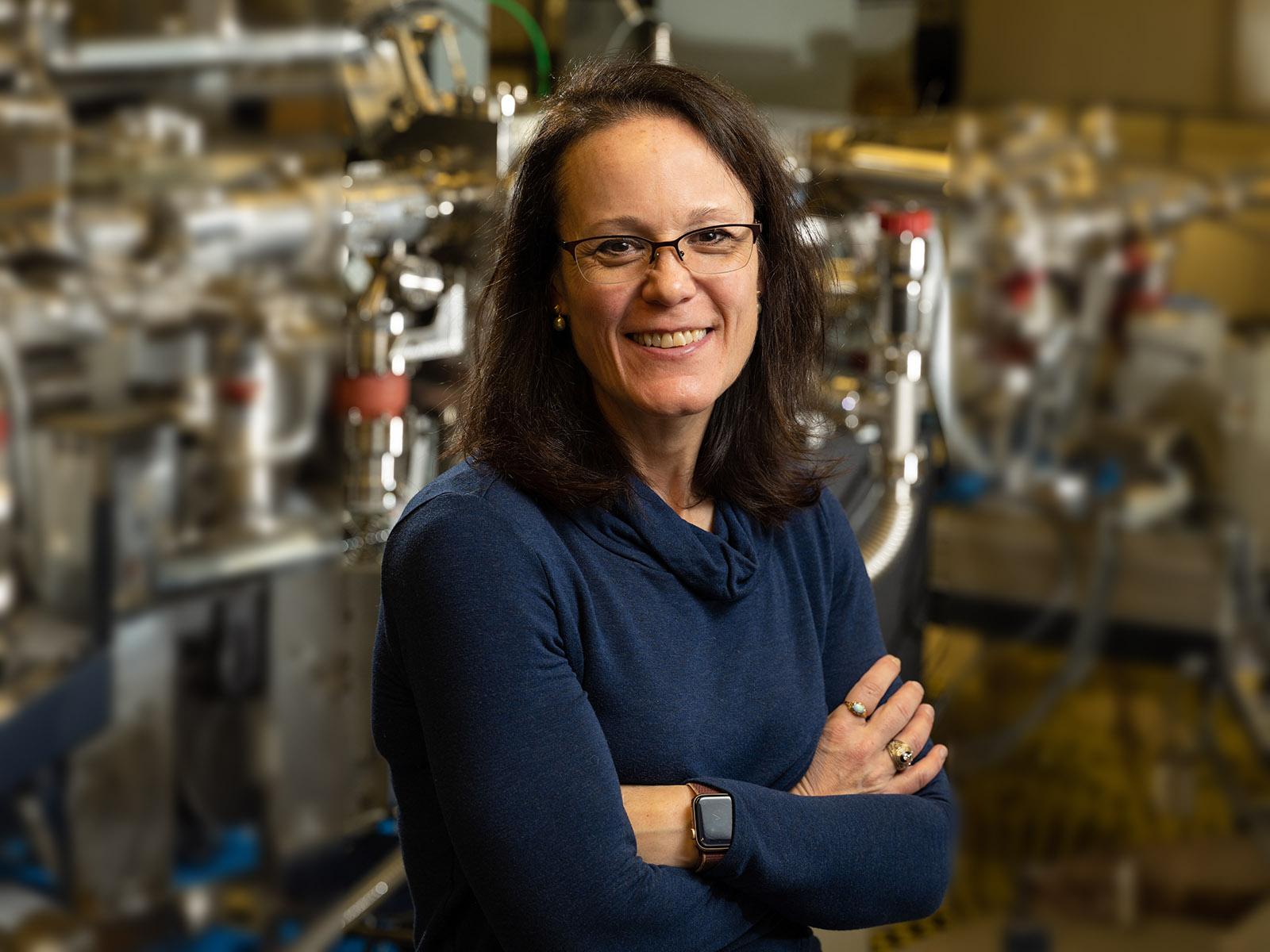More than 20 years ago, Kabrena Rodda was a graduate student studying trends in fatalities from what were expected to be “safer” drugs like antidepressants that target only one or two neurotransmitters. These drugs specifically act on serotonin, a natural chemical our bodies make that affects a person’s mood, sense of pain, and memory.
She was studying selective serotonin reuptake inhibitors (SSRIs), a class of antidepressants that were fairly new at the time and were expected to have fewer side effects and be safer from overdosing. Unlike older antidepressants, they affect only serotonin and no other neurotransmitters.
“It was troubling to see a growing number of fatalities involving these supposedly safer drugs,” said Rodda. “It turns out that you can essentially overdose on serotonin through something commonly referred to as serotonin syndrome, even if the drug concentrations in your blood are within therapeutic ranges. This is particularly true if a person has taken multiple drugs that increase serotonin levels.”
Autopsies and answers
This research with antidepressants led Rodda to tramadol, an inconspicuous but novel pain reliever. Tramadol is not an anti-inflammatory drug like ibuprofen and was designed to act on serotonin and not opioid receptors. As her work on SSRIs was wrapping up, her thesis advisor had started to see an uptick of tramadol being detected in postmortem specimens coming into the Washington State Toxicology Lab.
After they agreed it would be an additional aspect of her thesis given tramadol’s serotonin activity, Rodda began studying the cases and found that most of the deaths involved a variety of other drugs including opioids. Also, tramadol’s serotonin activity appeared to be the culprit in only one of the cases. Another discovery was that many of the detected drugs were metabolized by the same enzyme, called cytochrome P450 isoenzyme 2D6. This was a significant finding because 2D6 also converts the serotonin-active tramadol to its very potent opioid metabolite.
“We documented what was later recognized as some of the first evidence of the potential for tramadol abuse, especially in people who have a higher than normal amount of 2D6, which causes them to metabolize tramadol and many other drugs faster than expected,” she said. “Years later, tramadol is now considered a powerful opioid because of this.”
This finding was key to better understanding the impact of genetic polymorphism on drug metabolism and drug-to-drug interactions, which can lead some people to primarily experience the effects of a drug’s active breakdown product instead of the parent drug.
Military mindset
Rodda’s love for chemistry and hands-on experimental learning were rooted in high school and continued to grow after graduation, where her path led her to join the U.S. Air Force (USAF). She spent 22 years as a researcher, professor, and expert on chemical threats and forensic toxicology.
After joining the USAF, one of her first military assignments was as a chemical weapons inspector. Rodda ran an analytical laboratory to ensure compliance with a United Nations Security Council resolution that called for elimination of Iraq’s weapons of mass destruction and ballistic missiles after the Gulf War.
After retiring from the USAF as a colonel, she joined Pacific Northwest National Laboratory (PNNL) in 2014. During the last decade, Rodda has continued to focus on opioids like fentanyl and its analogs, mitigating the re-emergence of chemical weapons, and developing the Global Chemists’ Code of Ethics with input from 18 countries.
“I put on the uniform to serve my country,” said Rodda. “I became a scientist because of my technical interests. If there’s a unifying thread in everything I’ve done, it’s wanting to not only understand the immediate threat but also to step back to get information about the whole picture of what’s needed to make the world a safer place.”
In the case of tramadol, that larger context included determining the factors that cause it to act as a potent opioid. For the Iraqi situation, it would have translated to a broader and more comprehensive look at clear evidence of disarmament.
ACS fellow accolade
This month, Rodda, manager of the Analytical Chemistry and Instrumentation Group at PNNL, received the distinction of American Chemical Society (ACS) Fellow during its fall awards ceremony in Denver, Colorado.
She is being recognized “for outstanding and creative contributions to scientific research, demonstrated leadership in advancing research at PNNL and the U.S. Air Force (USAF), and serving as a global leader on the connection between ethics, safety, and security.”
ACS selects fellows to recognize and honor members for their outstanding achievements in and contributions to science and the profession and for their service to ACS.
Reflecting on the depth and intensity of her career, Rodda wished she had ascertained one thing sooner.
“I’ve learned that we, especially as women and girls, need to balance others’ advice with our own inner voices,” she said. “Pay attention to that inner voice. It helped me realize the strengths I bring to a situation versus trying to become what others might be expecting of me.”
Aside from the laboratory or out in the field, you might also find Rodda running in a state near you (with the goal of 50 half marathons in 50 states), paddleboarding, playing violin, or sharing her favorite cat pictures.
She doesn’t give much thought to the number of lives she might have helped save through her research. Life is short, and she doesn’t want to waste it. Listening to her inner voice, she prefers to focus on enjoying the present.
